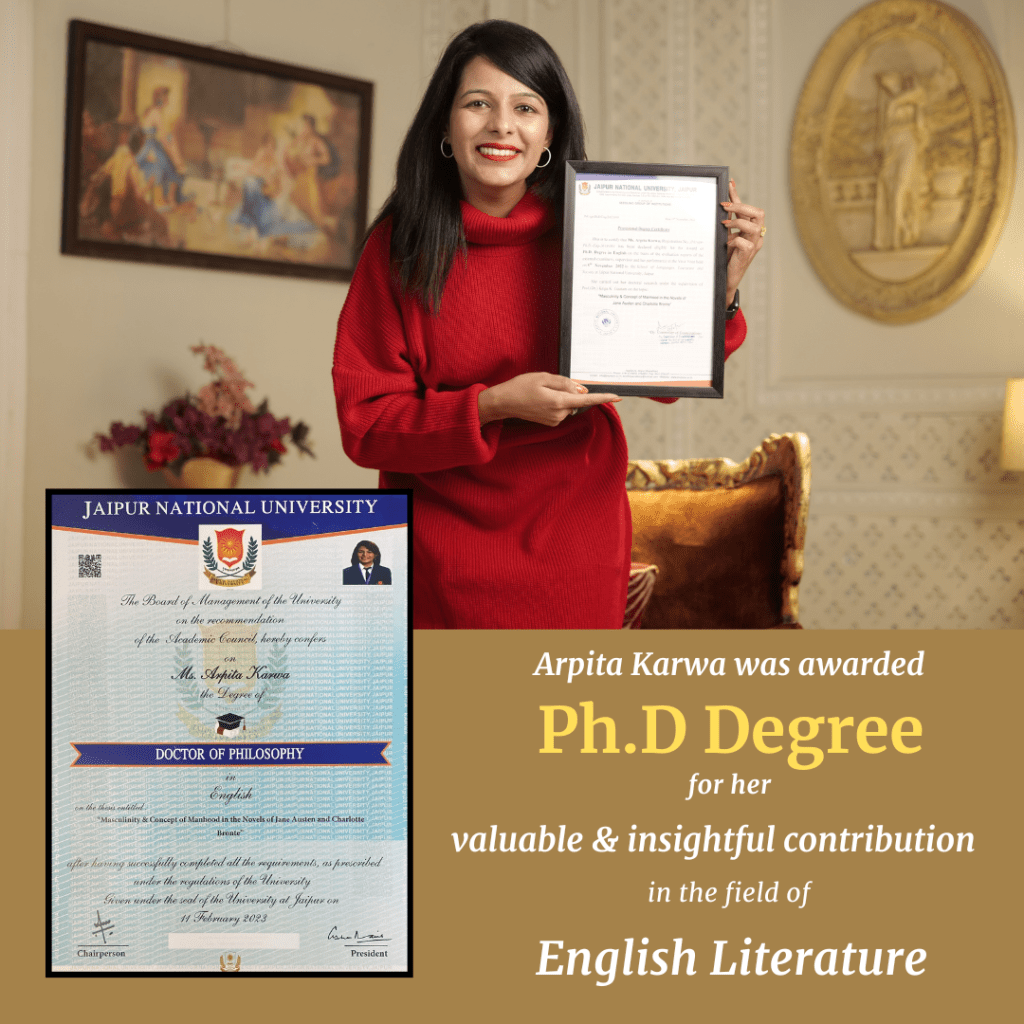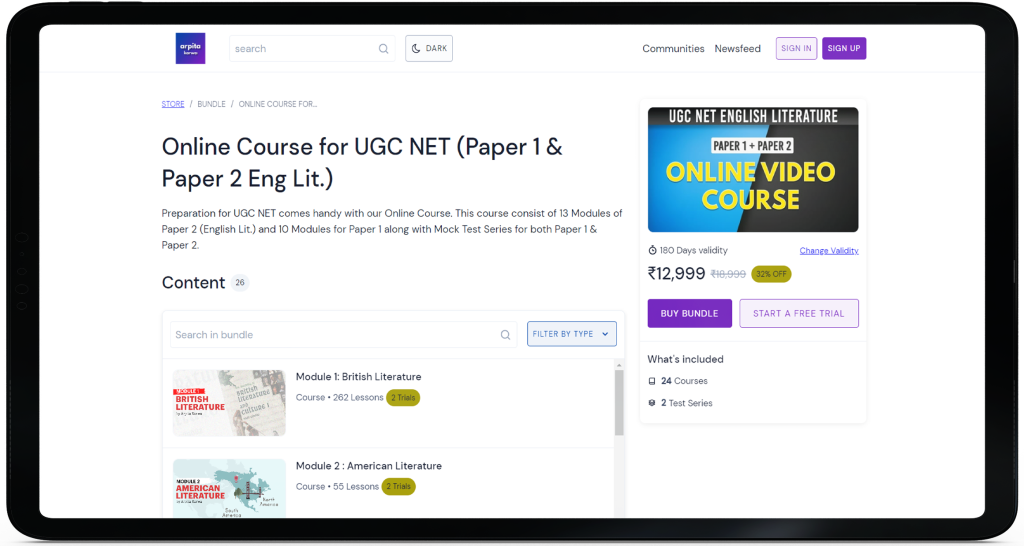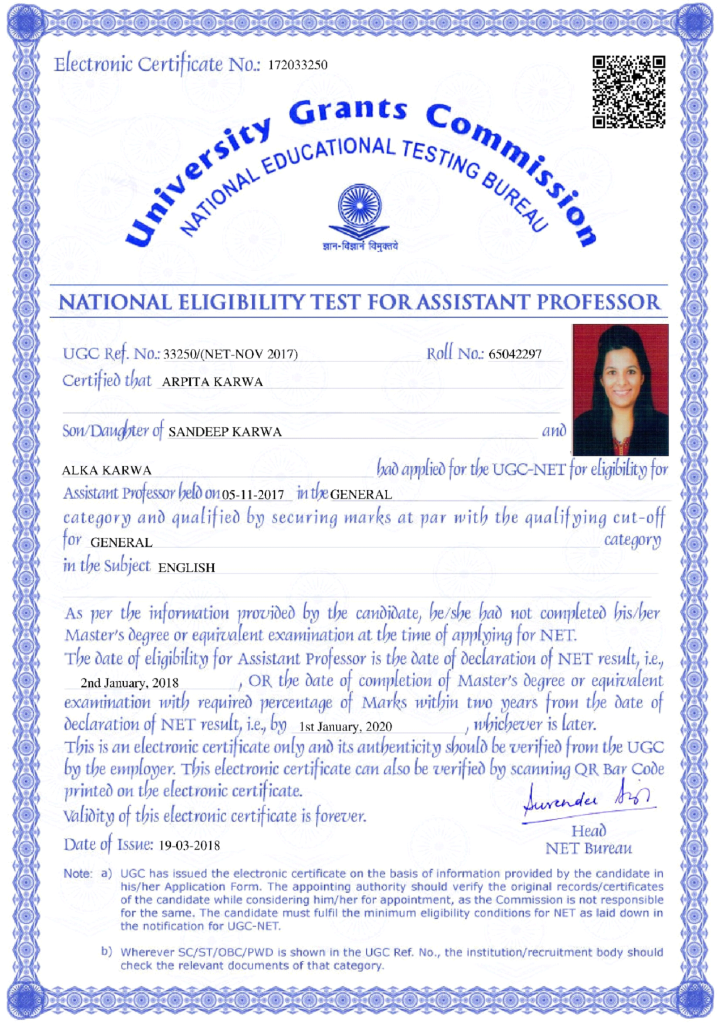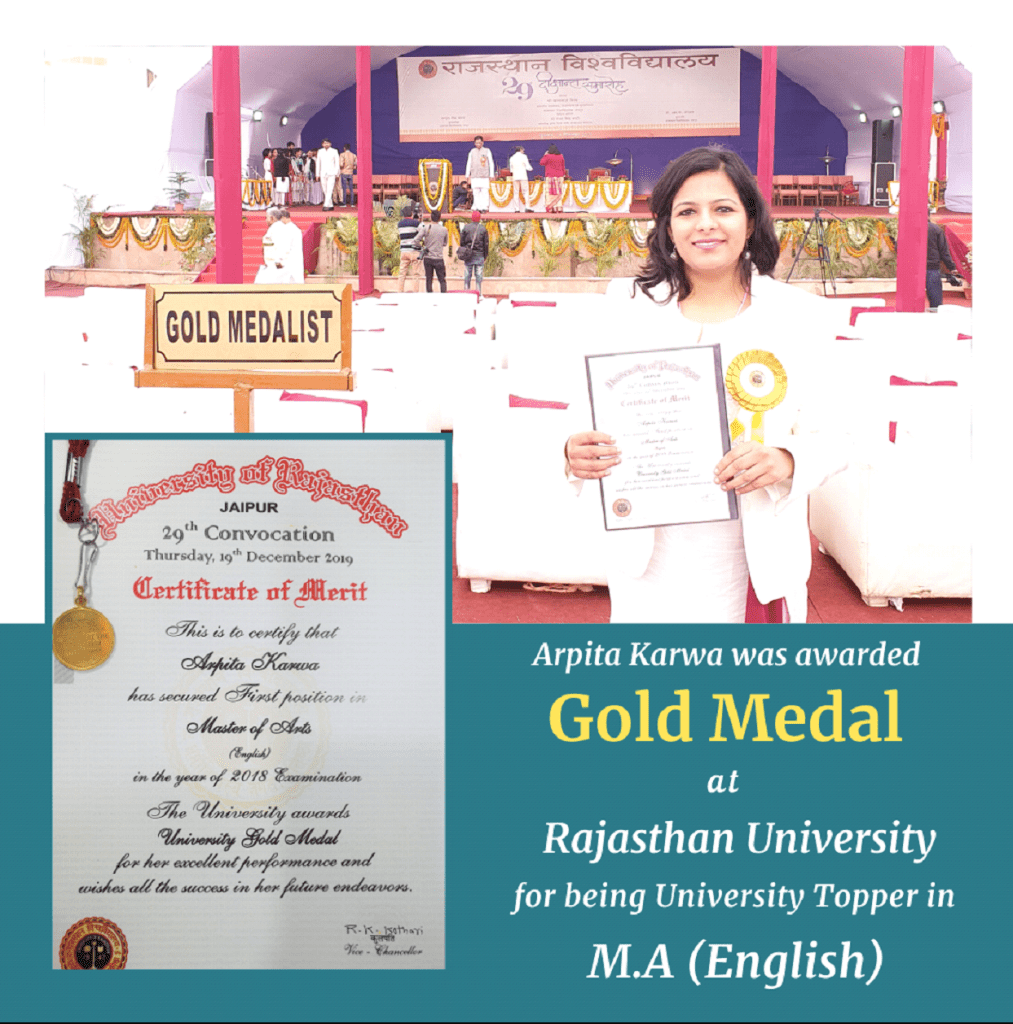Paper 2- June 2009
October 18, 2022 2023-12-07 13:10Paper 2- June 2009
Paper 2- June 2009
1. In a 1817 review of Coleridge’s Biographia Literaria, Francis Jeffrey coined the term ‘Lake School of Poets’ grouping…
(A) Wordsworth, Coleridge and Crabbe
(B) Wordsworth, Coleridge and Byron
(C) Wordsworth, Coleridge and Hazlitt
(D) Wordsworth, Coleridge and Southey
Answer: D
2.’I am the enemy you killed, my friend/I knew you in this dark…’ The above lines are taken from…
(A) “The Soldier”
(B) “Dulce et Decorum Est”
(C) “To His Dead Body”
(D) “Strange Meeting”
Answer: D
3. Below are two sets of texts one of which has inspired the other. Match the text with its inspiration :
(i) Coral Island
(ii) The Odyssey
(iii) The Mahabharat
(iv) Jane Eyre
(v) The Great Indian Novel
(vi) Wide Sargasso Sea
(vii) Omeroos
(viii) Lord of the Flies
(A) (i) – (v), (ii) – (vii), (iii) – (viii), (iv) – (vi)
(B) (iv) – (vii), (iii) – (vi), (i) – (viii), (ii) – (v)
(C) (iii) – (v), (iv) – (vi), (i) – (vii), (ii) – (viii)
(D) (i) – (viii), (ii) – (vii), (iii) – (v), (iv) – (vi)
Answer: D
4. “His life was gentle and the elements
So mixed in him, that Nature might stand up
And say to all the world, ‘This was a man !’”
Who is the speaker, and about whom is this spoken ?
(A) Enobarbus on Antony
(B) Brutus on Caesar
(C) Cleopatra on Antony
(D) Marc Antony on Caesar
Answer: D
5. “When my love swears that she is made of truth/I do believe her, though I know she lies”. The author of these lines is…
(A) Philip Sidney
(B) Edmund Spenser
(C) Christopher Marlowe
(D) William Shakespeare
Answer: D
6. The poetry of Wordsworth and Coleridge was notably influenced by…
(A) The Napoleonic Wars
(B) The Glorious Revolution
(C) The French Revolution
(D) Poor Laws
Answer: C
7. “Great wits are sure to madness near allied And thin partitions do their bounds divide”. The above lines appear in…
(A) Mac Flecknoe
(B) Absalom and Achitophel
(C) Essay on man
(D) Alexander’s Feast
Answer: B
8. Who among the following developed the term strategic essentialism ?
(A) Edward Said
(B) Gayatri Chakravorty Spivak
(C) Homi Bhabha
(D) Aijaz Ahmed
Answer: B
9. David Malouf’s An Imaginary Life is a retelling of the story of :
(A) Aristotle
(B) Juvenal
(C) Ovid
(D) Horace
Answer: C
10. Jabberwocky is a character in….
(A) The Importance of Being Earnest
(B) Fra Lippo Lippi
(C) Through the Looking Glass
(D) Goblin Market
Answer: C
11. Which of the following statements is the most accurate regarding Edward Said’s thesis in Orientalism
(i) The Europeans used the East dialectically to describe their self-image as irrational and primitive.
(ii) The Oriental people used the West dialectically to define their self-image as irrational and primitive.
(iii) The Europeans used the East oppositionally to define their self-image as rational and modern.
(iv) The Oriental people used the West oppositionally to define their self-image as rational and modern.
(A) (iii)
(B) (iv)
(C) (i) and (iv)
(D) (ii) and (iii)
Answer: A
12.Assertion (AST) : Literary and historical periodization often has nothing to do with the lifetime of writers. Thus we see two writers born in the same year belonging to two separate periods.
Reasoning/ (R) : Thomas Carlyle and John Keats were born in 1795. In standard literary histories, Example: Keats is a Romantic and Carlyle, a Victorian.
(A) (AST) and (R) are correct
(B) (AST) is correct; (R) is incorrect
(C) (AST) and (R) are incorrect
(D) (R) does not follow from (AST)
Answer: A
13. Everyman is…
(A) a medieval play based on an episode from the Bible
(B) a medieval morality play
(C) a Tudor interlude
(D) a miracle play
Answer: B
14. Which of the following sets would you call the poets of the Movement ?
(A) Elizabeth Jennings, Philip Larkin, John Wain
(B) W.H. Auden, Cecil Day Lewis, Stephen Spender
(C) T.S. Eliot, Richard Aldington, Ezra Pound
(D) Alan Brownjohn, C.H. Sisson, Anthony Thwaite
Answer: A
15.Doris Lessing’s interest in __________ is widely recognized :
(A) Hinduism
(B) Sufism
(C)Zen
(D)Judaism
Answer: B
16. Periphrasis, which is a roundabout way of speech/writing, is also known as…
(A) synecdoche
(B) allusion
(C) understatement
(D) circumlocution
Answer: D
17. Arrange the following in chronological order…
(I) The death of Shakespeare
(ii) Accession of James I to the English throne
(iii) Caxton and the printing press
(iv) The Norman Conquest of England
(A) (iv) (iii) (ii) (i)
(B) (iii) (iv) (ii) (i)
(C) (iii) (iv) (I) (ii)
(D) (iv) (iii) (I) (ii)
Answer: A
18. The Muse of History is a classic postcolonial essay by :
(A) Ngugi wa Thiongo
(B) Chinua Achebe
(C) Wilson Harris
(D) Derek Walcott
Answer: D
19. “Do I contradict myself ? Very well then, I contradict myself, (I am large, I contain multitudes.)” The above lines are from…
(A) Walt Whitman
(B) Edgar Allan Poe
(C) Ralph Waldo Emerson
(D) John Greenleaf Whittier
Answer: A
20. Verses on the Death of Dr Swift was written by…
(A) Jonathan Swift
(B) Alexander Pope
(C) Samuel Johnson
(D) James Boswell
Answer: A
21. Match the following elegies with the persons for whom they were written:
(i) Lycidas
(ii)Arthur Hugh Clough
(iii)Adonais
(iv) A.H. Hallam
(v) In Memoriam
(vi) Edward King
(vii) Thyrsis
(viii) Keats
(A) (i) – (vi); (iii) – (iv); (vii) – (ii); (v) – (vi)
(B) (iii) – (viii); (i) – (iv); (iii) – (ii);(v) – (ii)
(C) (i) – (vi); (iii) – (viii); (v) – (iv); (vii) – (ii)
(D) (v) – (vi); (i) – (viii); (iii) – (ii); (vii) – (iv)
Answer: C
22. Playing in the Dark by Toni Morrison is a series of reflections on:
(A) Jazz music
(B) Disability sports
(C) Whiteness and the literary imagination
(D) Black American folklore
Answer: C
23. “He’s not the brightest man in the world” is an example of:
(A) Chiasmus
(B) Hyperbole
(C) Litotes
(D) Simile
Answer: C
24. The term ‘horizon of expectations’ is associated with…
(A) Wolfgang Iser
(B) Stanley Fish
(C) Harold Bloom
(D) H.R. Jauss
Answer: D
25. The following writers have something in common : What is it ?
Mary Seacole J.A. Froude
Mary Kingsley Anthony Trollope
(I) They are all victorians
(ii) They are all writers of children’s fiction
(iii) They are all members of one literary guild
(iv) They are all travel writers
(A) (i) and (ii)
(B) (iii) and (iv)
(C) ii) and (iv)
(D) (i) and (iv)
Answer: D
26. The immediate source of Christopher Marlowe’s Doctor Faustus is…
(A) A French narrative
(B) A Dutch narrative
(C) A German narrative
(D) None of the above
Answer: C
27. Who among the following were associated with the Irish Dramatic Movement ?
(A) Lady Gregory, W.B. Yeats, J.M. Synge
(B) Jonathan Swift, R.B. Sheridan, G.B. Shaw
(C) W.B. Yeats, J.M. Synge, G.B. Shaw
(D) W.B. Yeats, Patrick J. Kavanagh, Seamus Heaney
Answer: A
28. The term diaspora was originally applied to the following ethnic group :
(A) Jews
(B) Muslims
(C) Hindus
(D) French Canadians
Answer: A
29. Who among the following is NOT a ‘University Wit’ ?
(A) Christopher Marlowe
(B) George Peele
(C) Robert Greene
(D) Ben Jonson
Answer: D
30. When a person has a wooden leg, we are apt to say, ‘He has a wooden leg’. Now this wooden leg is…
(i) literal
(ii) metaphorical
(iii) ambiguous
(iv) neither literal nor metaphorical
(A) (i) and (ii) are correct
(B) (i) is correct
(C) (ii) is correct
(D) (iii) and (iv) are correct
Answer: B
31. Prosody studies:
(A) Line endings
(B) Meanings of words
(C) Patterns of prose
(D) Metrics
Answer: D
32. Which of the following is a major Jacobean play?
(A) Everyman
(B) Gorboduc
(C) Romeo and Juliet
(D) The Duchess of Malfi
Answer: D
33. Understanding Poetry used to be a classic textbook that encapsulates the principles of …
(A) New Historicism
(B) New Aristotelianism
(C) New Criticism
(D) The New Left
Answer: C
34. What century is variously called The Age of Enlightenment, The Age of Sensibility, The Augustan Age and The Age of Prose and Reason?
(A) sixteenth century
(B) seventeenth century
(C) eighteenth century
(D) nineteenth century
Answer: C
35. What is common to the following poems ?
Wordsworth’s ‘The Recluse’
Shelley’s ‘The Triumph of Life’
Byron’s ‘Don Juan’
Keats’ ‘Hyperion’
(A) They are all elegies
(B) They are all unfinished poems
(C) They are all divided into cantos
(D) They are women-centred poems
Answer: B
36. Who among the following called the novel ‘the bright book of life’ ?
(A) D.H. Lawrence
(B) James Joyce
(C) Virginia Woolf
(D) Aldous Huxley
Answer: A
37. “Ripeness is all” is a line from…
(A) Hamlet
(B) King Lear
(C) Othello
(D) Macbeth
Answer: B
38. U.R. Ananthamurthy’s Samskara was translated by…
(A) Himself
(B) Girish Karnad
(C) H.S. Shivaprakash
(D) A.K. Ramanujan
Answer: D
39. Abel Whittle is a character in:
(A) The Return of the Native
(B) The Mayor of Casterbridge
(C) Far from the Madding Crowd
(D) Tess of the D’Urbervilles
Answer: B
40. In which eclogue of The Shepheardes Calender does Spenser praise Queen Elizabeth I ?
(A)January
(B) April
(C) August
(D)November
Answer: B
41. Which of the following is NOT the opening of the well-known Romantic poem?
(A) My heart aches, and a drowsy numbness pains/ My sense
(B) Hail to thee, blithe spirit!
(C) Margaret, are you grieving/Over Golden grove unleaving?
(D) The world is too much with us
Answer: C
42.Politics and the English Language is an essay by :
(A) F.R. Leavis
(B) Terry Eagleton
(C) George Orwell
(D) Raymond Williams
Answer: C
43. ‘The mind-forged manacles’ is phrase from :
(A) ”London”
(B) ”Eternity”
(C) “A Poison Tree”
(D) “I Asked a Thief”
Answer: A
44. “He is not fully recognized at home; he is not recognized at all abroad. Yet I firmly believe that the poetical performance of __________ is, after that of Shakespeare and Milton, undoubtedly most considerable in our language.” To whom does Matthew Arnold refer in the above statement ?
(A) Edmund Spenser
(B) John Keats
(C) William Wordsworth
(D) S.T. Coleridge
Answer: C
45. The Globe Theatre opened in :
(A) 1585
(B) 1593
(C) 1599
(D) 1603
Answer: C
Read the following passage carefully, and select the right answers from the alternatives given below in the questions 46 to 50 :
We need to begin by casting doubt on the legitimacy of the notion of literature. The mere fact that the word exists, or that an academic institution has been built around it, does not mean that the thing itself is self-evident.
Reasons perfectly empirical ones, to begin with are not hard to find. The full history of the word literature and its equivalents in all languages and all eras has yet to be written, but even a perfunctory look at the question makes it clear that the term has not been around forever. In the European languages, the word literature in its current sense is quite recent: it dates back just barely to the nineteenth century. Might we be dealing with a historical phenomenon rather than an ‘eternal’ one? Moreover, many languages (many African languages, for example) have no generic term covering all literary productions. To these initial observations we may add the fragmentation characteristic of literature today. Who dares specify what literature is and what is not, given the irreducible variety of the writing that tends to be attached to it, from vastly different perspectives?
The argument is not conclusive: a notion may legitimately exist even if there is no specific term in the lexicon for it. But we have been led to cast the first shadow of doubt over the ‘naturalness’ of literature. A theoretical examination of the problem proves no more reassuring. Where do we come by the conviction that there is indeed such a thing as literature? From experience, we study ‘literary’ works in school, then in college; we find the ‘literary’ type of book in specialized stores; we are in the habit of referring to ‘literary’ authors in everyday conversation. An entity called ‘literature’ functions at the level of intersubjective and social relations; this much seems beyond question. Fine. But what have we proved? That in the broader system of a given society or culture, an identifiable element exists that is known by the label literature. Have we thereby demonstrated that all the particular products that take on the function of ‘literature’ possess common characteristics, which we can identify with legitimac? Not at all.
46. This passage casts doubt on:
(A) the assumption called literature.
(B) the idea of literature.
(C) the institution of literature.
(D) the notion of literature.
Answer: D
47. Literature is unsustainable because :…
(A) we are unclear as to what it means.
(B) we are unsure as to its message.
(C) we are not persuaded that the claims made for it are allowable and acceptable.
(D) we cannot prove that its definitions are the right and the only possible ones.
Answer: D
48. How does the writer argue that the existence of literature is hardly self-evident?
(i) by citing reasons for its non-existence.
(ii) by citing reasons for interrogating its legitimacy.
(iii) by citing reasons and proving by argument that its legitimacy can be interrogated.
(iv) by citing reasons to show that the label does not match the thing we know to be literature.
(A) (i)
(B) (i) and (ii)
(C) (iii)
(D) (iii) and (iv)
Answer: C
49. “Might we be dealing with a historical phenomenon rather than an ‘eternal’ one”? What makes this a reasonable question to consider in this context?
(A) A historical phenomenon lends itself to better empirical verification than an ‘eternal’ one.
(B) A historical phenomenon has more legitimacy than an ‘eternal’ one.
(C) A historical phenomenon can be debated and possibly settled while an ‘eternal’ one must be taken on trust or not at all.
(D) historical phenomenon is well above disputation while an ‘eternal’ one is not.
Answer: C
50.What does ‘the fragmentation characteristic of literature today’ suggest to the writer ?
(A) the fragmentation of modern consciousness.
(B) the divided perceptions of literature by its readers.
(C) the lack of specificity of literature.
(D) the blur that frustrates further investigation into this concept
Answer: C















